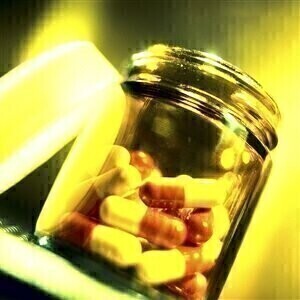Mass Spectrometry & Spectroscopy
Ways to Test for Counterfeit Medicines
Dec 27 2022
Counterfeit medicines are fake or imitation drugs that are deliberately and fraudulently mislabelled with respect to identity and/or source. These fake drugs may be ineffective or even dangerous, and they can put the health and lives of patients at risk. Therefore, it is important to have reliable methods to test for counterfeit medicines and ensure the authenticity and quality of pharmaceutical products.
There are several laboratory techniques that can be used to test for counterfeit medicines, including:
- Visual inspection: This is the most basic and simplest method of detecting counterfeit medicines. It involves examining the physical characteristics of the drug, such as the packaging, labelling, and appearance of the tablets or capsules.
- Spectroscopy: This technique involves using specialized instruments to measure the absorption or emission of light by a substance. Different types of spectroscopies, such as infrared (IR) spectroscopy, ultraviolet-visible (UV-Vis) spectroscopy, and Raman spectroscopy, can be used to identify the chemical composition of a substance.
- Chromatography: This technique separates the components of a mixture based on their physical and chemical properties. Different types of chromatography, such as thin-layer chromatography (TLC), gas chromatography (GC), and liquid chromatography (LC), can be used to identify and quantify the active ingredients in a pharmaceutical product.
- Molecular techniques: These techniques involve the use of nucleic acid-based methods, such as polymerase chain reaction (PCR) and DNA sequencing, to identify and authenticate the specific species or strain of a microorganism used in the production of a biological product.
- Physical and chemical testing: These tests involve evaluating the physical and chemical properties of a drug, such as its weight, melting point, and dissolution rate, to ensure that it meets the required standards.
In addition to these laboratory techniques, there are also various methods and technologies that can be used to verify the authenticity of pharmaceutical products at various stages of the supply chain. These include techniques such as serialization, which involves the use of unique identifiers and tracking systems to ensure that a drug can be traced back to its origin, and anti-counterfeiting technologies, such as holograms, watermarks, and radio-frequency identification (RFID) tags, which can be used to identify and authenticate genuine products.
Overall, the testing for counterfeit medicines requires the use of multiple techniques and technologies to ensure the authenticity and quality of pharmaceutical products. It is important to have reliable and effective methods to detect and prevent the distribution of fake drugs, as they pose a serious threat to public health and can have serious consequences for patients.
More information online
Digital Edition
ILM 49.5 July
July 2024
Chromatography Articles - Understanding PFAS: Analysis and Implications Mass Spectrometry & Spectroscopy Articles - MS detection of Alzheimer’s blood-based biomarkers LIMS - Essent...
View all digital editions
Events
Jul 28 2024 San Diego, CA USA
Jul 30 2024 Jakarta, Indonesia
Jul 31 2024 Chengdu, China
ACS National Meeting - Fall 2024
Aug 18 2024 Denver, CO, USA
Aug 25 2024 Copenhagen, Denmark



.jpg)
24_06.jpg)













